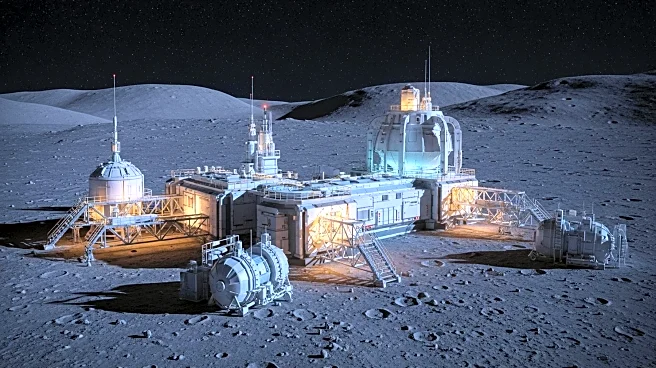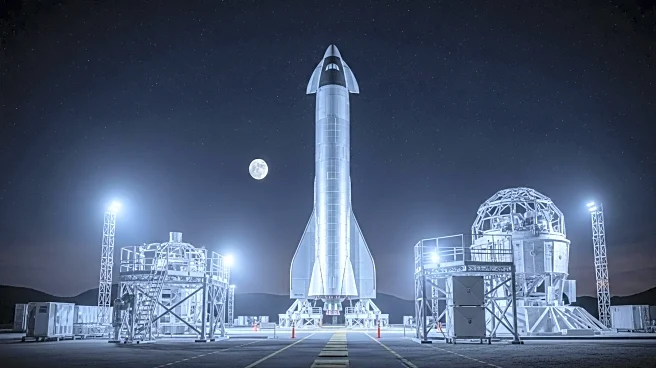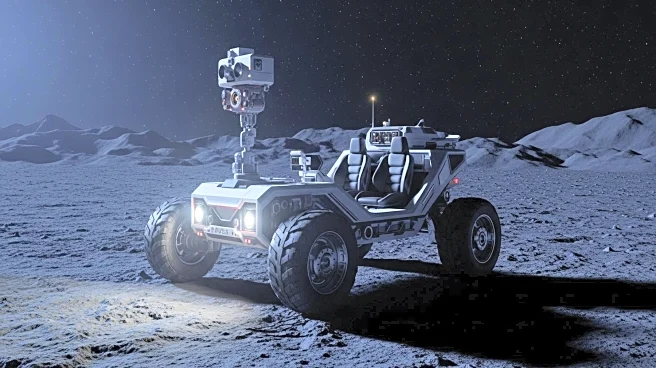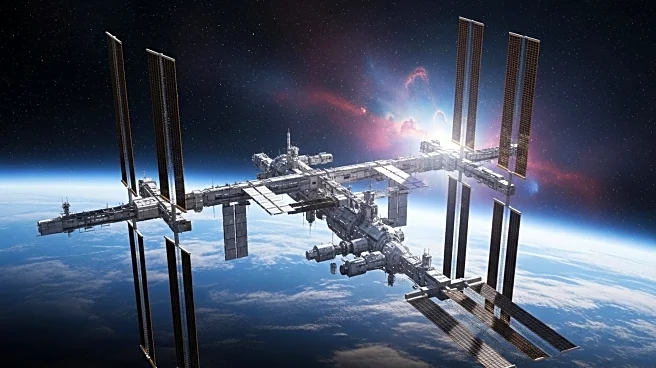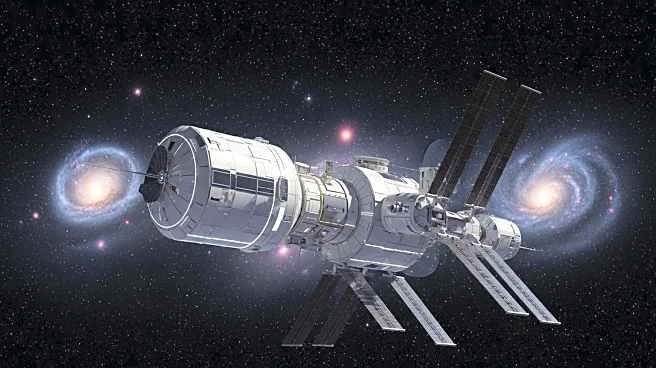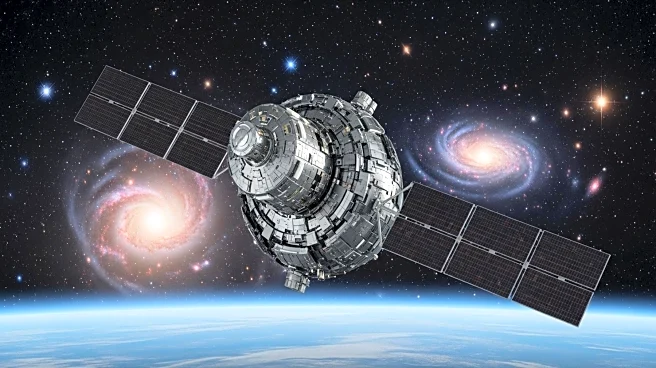What's Happening?
The U.S. Defense Advanced Research Projects Agency (DARPA) is advocating for economic activity on the moon through its LunA-10 initiative. This 10-year blueprint aims to establish scalable lunar infrastructure and unlock the moon's economic potential. A new document, 'The Commercial Lunar Economy Field Guide,' explores foundational technology concepts for off-Earth economic development. The guide, crafted by over 130 authors, outlines ways to create self-sufficient, monetizable services for future lunar buyers and sellers. Key challenges include space insurance and managing the moon's temperature swings, which are critical for sustaining commercial operations.
Why It's Important?
The initiative represents a significant push towards establishing a lunar economy, which could have profound implications for industries involved in space exploration and resource extraction. If successful, it could lead to new business opportunities and technological advancements, potentially benefiting sectors such as mining, energy, and telecommunications. However, the economic viability of lunar resources remains uncertain, with questions about what can be mined and its concentration. The initiative could also drive international collaboration and competition in space exploration.
What's Next?
DARPA's LunA-10 initiative will continue to explore the commercial potential of the moon, focusing on mining and resource extraction. The program Lunar Assay via Small Satellite Orbiter (LASSO) aims to provide low-altitude, high-resolution measurements of lunar resources, which could be pivotal in determining the moon's economic viability. The success of these efforts could lead to increased investment and interest from private-sector participants, potentially transforming the moon into a vibrant marketplace.
Beyond the Headlines
The ethical and legal dimensions of lunar resource extraction are significant, as they could set precedents for future off-Earth economic activities. The initiative raises questions about ownership and governance of lunar resources, which could lead to international disputes. Additionally, the environmental impact of lunar mining and its sustainability are critical considerations that need to be addressed.

